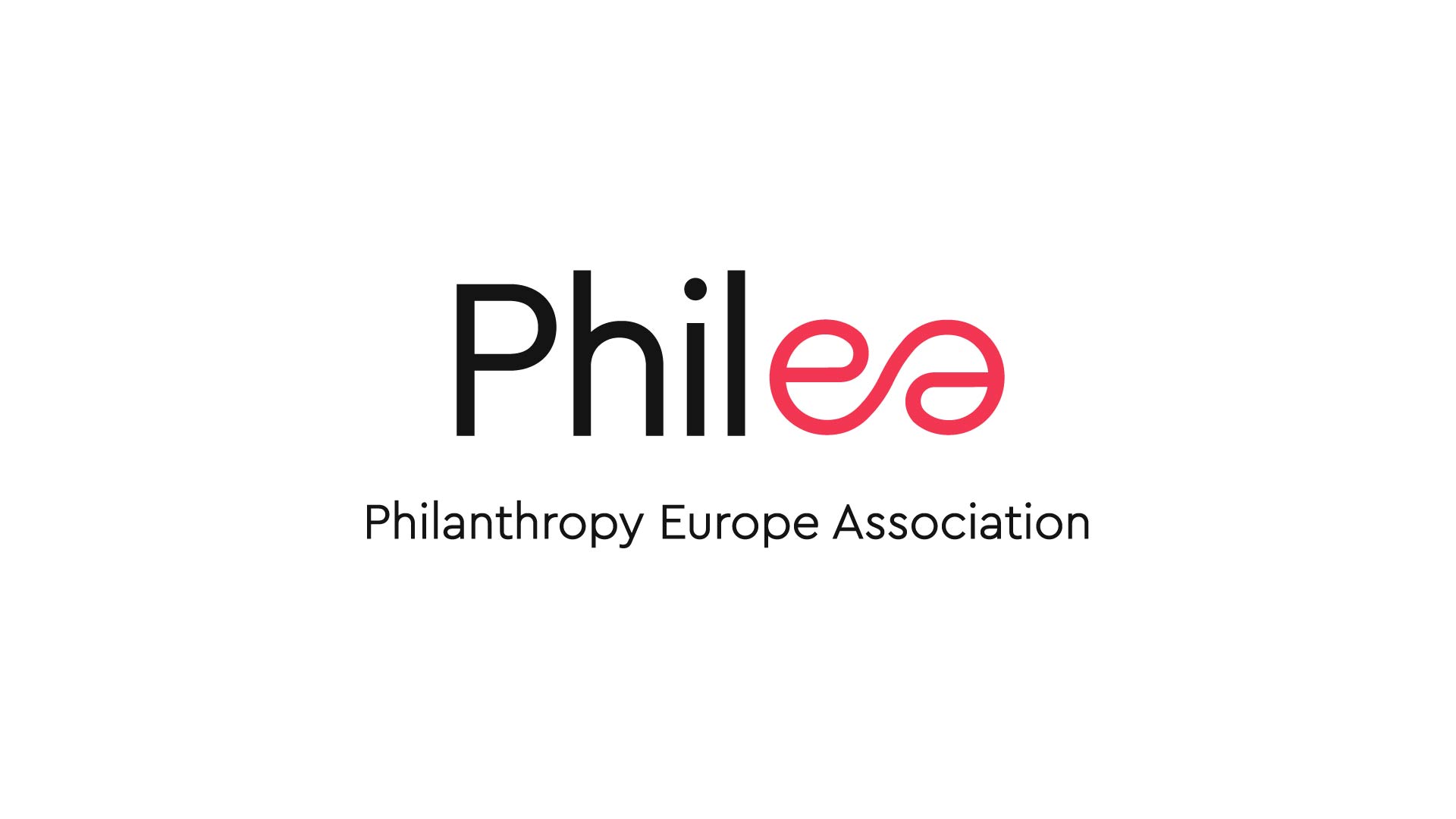Looking back at 50 years of U.S. Philanthropy
Opusculum 116 | 15.04.2018 |
1. What’s New? Addressing the Question of Philanthropic Novelty
Fifty years have passed since the establishment of the William R. Hewlett Foundation (it became the William and Flora Hewlett Foundation in 1977). Of course, the world of 1966 was vastly different from that of 2016, but the chronological distance is amplified by the philanthropic sector’s tendency to celebrate novelty as a cardinal virtue. We can note the irony that such assertions of ‘‘New Philanthropy’’ are themselves hardy perennials in the sector, emerging every few decades for the last century. But it is also the case that such claims have grown more insistent in recent years. There is now a general sense, from both inside and outside the sector, that we inhabit a brave new era in giving, separated from the past by an increasingly wide gulf of attitude and practice. Within this context, where even the early 1990s can seem a far-off memory, the mid-1960s become practically prehistoric-a time when Bill Gates was just another middle-school student and a DAF was the diminutive of a Disney character.
Yet such claims regarding the newness of the age are rarely the product of sustained historical reflection. Unexamined, they threaten to obscure as much as they reveal. Thinking more carefully about how philanthropy has developed over the last five decades forces us to consider both continuities and ruptures in the sector’s history. At what point does historical development cross the threshold of the novel? And what is gained, and what is lost, when we focus on novelty as an analytic category? The establishment of the Hewlett Foundation a half century ago serves as a useful reference point for such an inquiry. The event sits on various tectonic plates in 20th century philanthropy, straddling fault lines that divide old from new, forcing us to reconsider those temporal categories.
On one hand, even in 1966, the plates had already begun to shift. Four contemporary developments that, in our assessment, can stake particular strong claims to representing the exceptionality of the present moment-the grandness of the scale of giving, the amplification of donor control, the increased diversification of the sector, and the turn toward policy as an instrument of social change-can each trace a lineage back through the founding of Hewlett and to the historical moment in which it was situated. The Hewlett Foundation, along with the David and Lucile Packard Foundation, were among a cohort of West Coast foundations that signaled the coastal culmination of a century-long geographic dispersion of philanthropy throughout the nation (and ultimately the world). Hewlett and Packard were also the first philanthropic foundations to emerge out of the new high-tech fortunes of the second half of the 20th century. In this respect, they augured the future philanthropic institutions of Gates, Omidyar, and Zuckerberg, with all the ambition, entrepreneurialism, and increased private financial resources that they represent. William Hewlett’s active involvement with the foundation in the final decades of his life (during the institution’s initial ‘‘living room philanthropy’’ period) distinguished him from the many other more detached donors of the age and anticipated the ‘‘Giving While Living’’ movement of the current moment.1
1. Waldemar A. Nielsen, The Golden Donors: A New Anatomy of the Great Foundations (New York: Truman Talley Books, 1985), 22.





